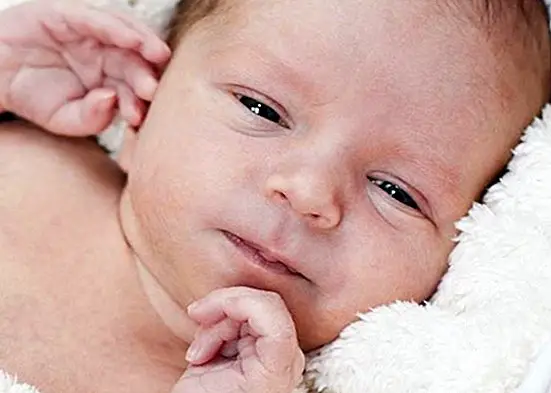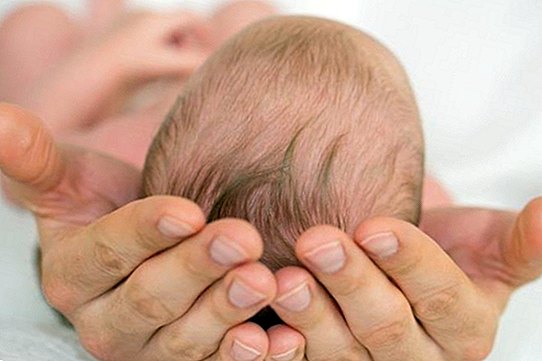The window of opportunity: the development of the baby's brain
The experience during the first years of life are not just memories, but is fundamental in the construction of the brain. But there is also another very important factor to consider: time.
Experience and time are related in the formation of the brain after the birth of the child, but just as the experience does not have an expiration date, time does. The window of opportunity is known as the limited time in which it is possible to stimulate a certain neuronal area to influence the creation of interconnections.

How long does this window remain open?
Usually this window opens at the moment of birth (although it can be even before or a little later) and closes irremediably after a certain period of time depending on the functions we are talking about. In general we can say that from 0 to 10 years the brain remains under construction, but certain windows have been closed before this period and others will never close.
Our brain acts on the principle "use it or lose it forever". If the stimulation of an area in time does not occur, the neurons die and it is no longer possible to recover that function. Thus, the senses such as sight and hearing close their window of opportunity long before the ability to feel emotions or behavior. For its part, the language is known to close the window of opportunity according to the syntax at five or six years of age, however the window to add new words never closes.
In this sense, the learning of other simultaneous languages is natural until at age 6 that window is closed and the child can achieve real bilingualism. However, after the closing of the window the second language will not be so ingrained. An example is the fact of pronunciation, certain sounds exist in some languages and not in others, so the child will always speak one of the languages with an accent when these sounds have not been exercised but learned a posteriori.

Some experiments that corroborate this theory
In the 70s an experiment with kittens was carried out. A healthy kitten was covered in an eye from birth for several weeks. After uncovering it was found that he had no vision in that eye and was not able to acquire it later.
It was seen that the number of connections between the retina of the covered eye and the part of the brain responsible for the vision was minuscule compared to the uncovered eye. The conclusion was clear: it is necessary to provide adequate stimuli for a precise period of time so that the brain structure is formed correctly.
This phenomenon has also been observed in birds. It is demonstrated that there are species of birds that do not learn to sing if they have not heard their song before. For the period of these birds to learn to sing opens twenty-five or thirty days after hatching and closes about fifty days later.
What happens then in the first days of life of my baby's brain?
Despite its enormous complexity, the brain of a baby is the least formed organ at the time of birth, since the narrowing of the birth canal greatly limits its volume.
In the first days of a baby's life the brain grows noticeably. Your brain is a huge set of neurons, waiting to form the intricate brain structure of adults, which will allow you to talk, read, reason and feel all kinds of emotions.

Some of the neurons already have a specific mission and their functioning has been activated by the genes to carry out the basic tasks of survival outside the womb, such as breathing, crying or sucking. But there are billions of neurons that have not yet been activated and that have the potential to be part of any future brain process.
As or more important than neurons are the connections that are established between them to form circuits or neural networks. While an isolated neuron performs a simple mission, millions of them interconnected are able to perform the most complex tasks.
What do we have to know as educators?
It is vitally important that educators be aware of these learning periods. Early stimulation plays a decisive role in the long-term effects of childhood development. Experts say that children who are exposed to stimulating environments are able to overcome certain development problems and significantly increase their learning potential throughout life.
Talía Pérez Miranda is a Child Teacher and Psychopedagogue. This article is published for informational purposes only. You can not and should not replace the consultation with a Pediatrician. We advise you to consult your trusted pediatrician.


